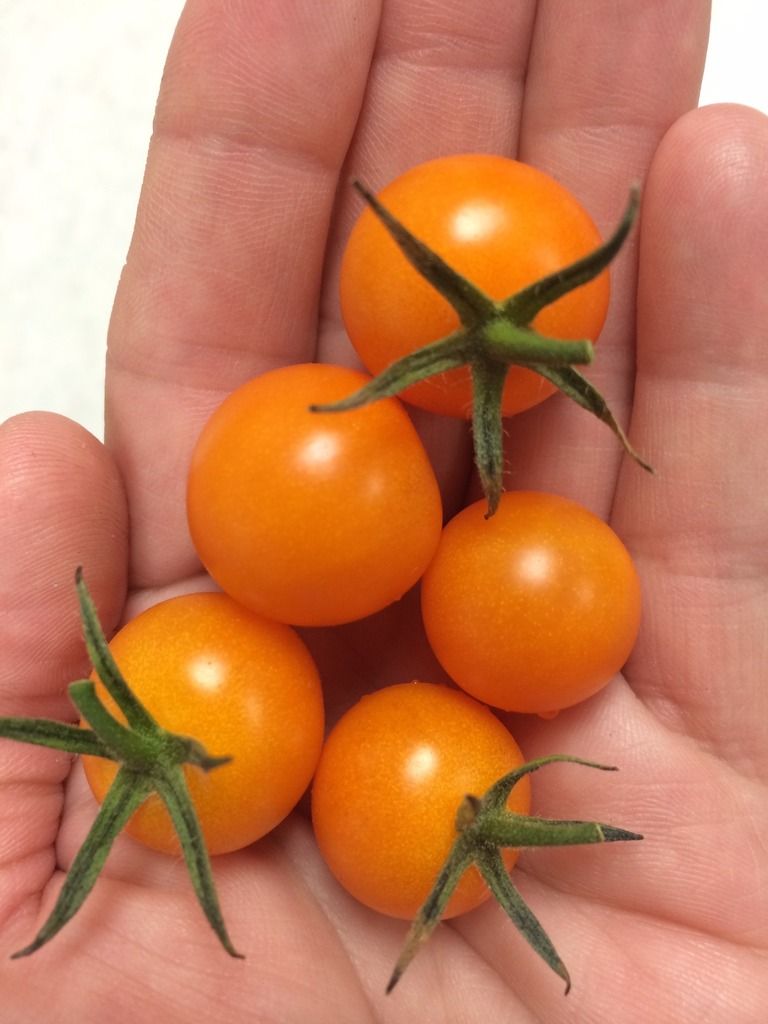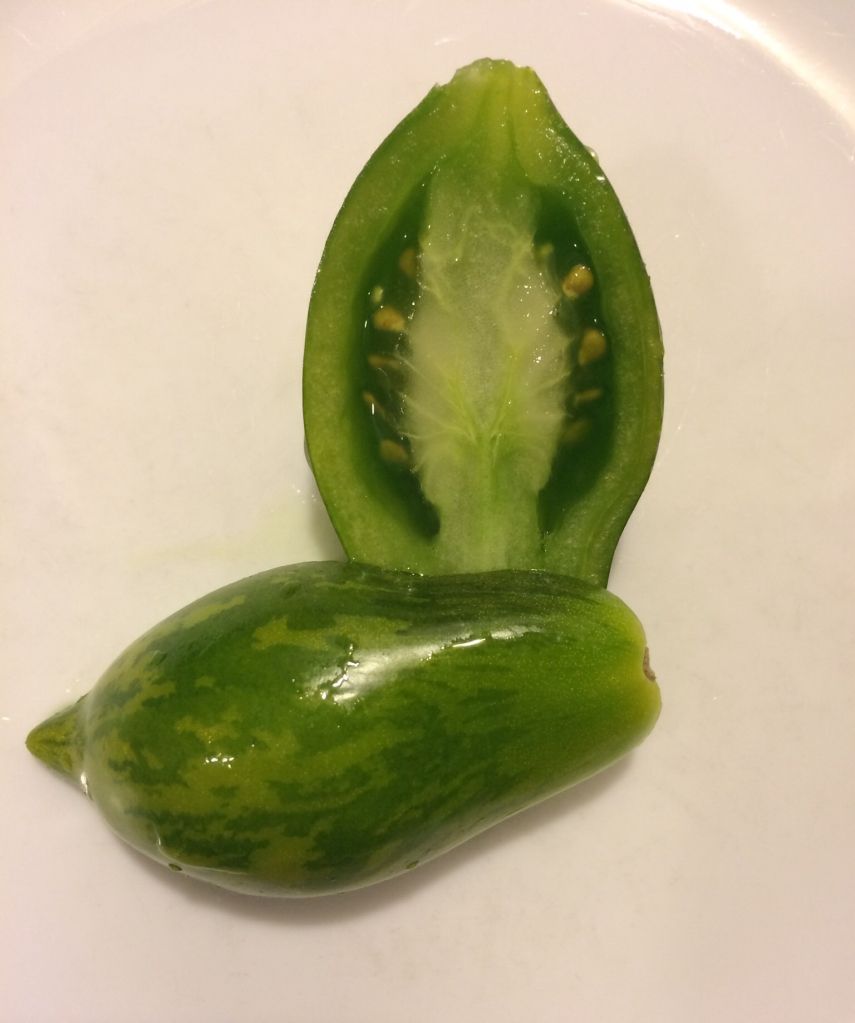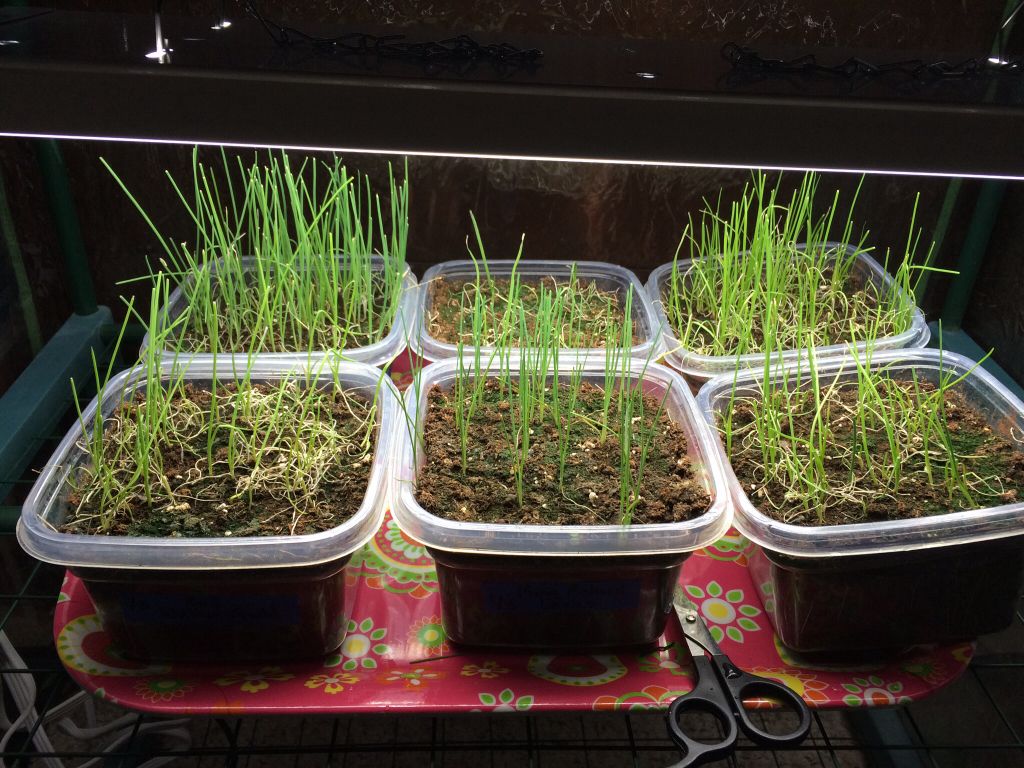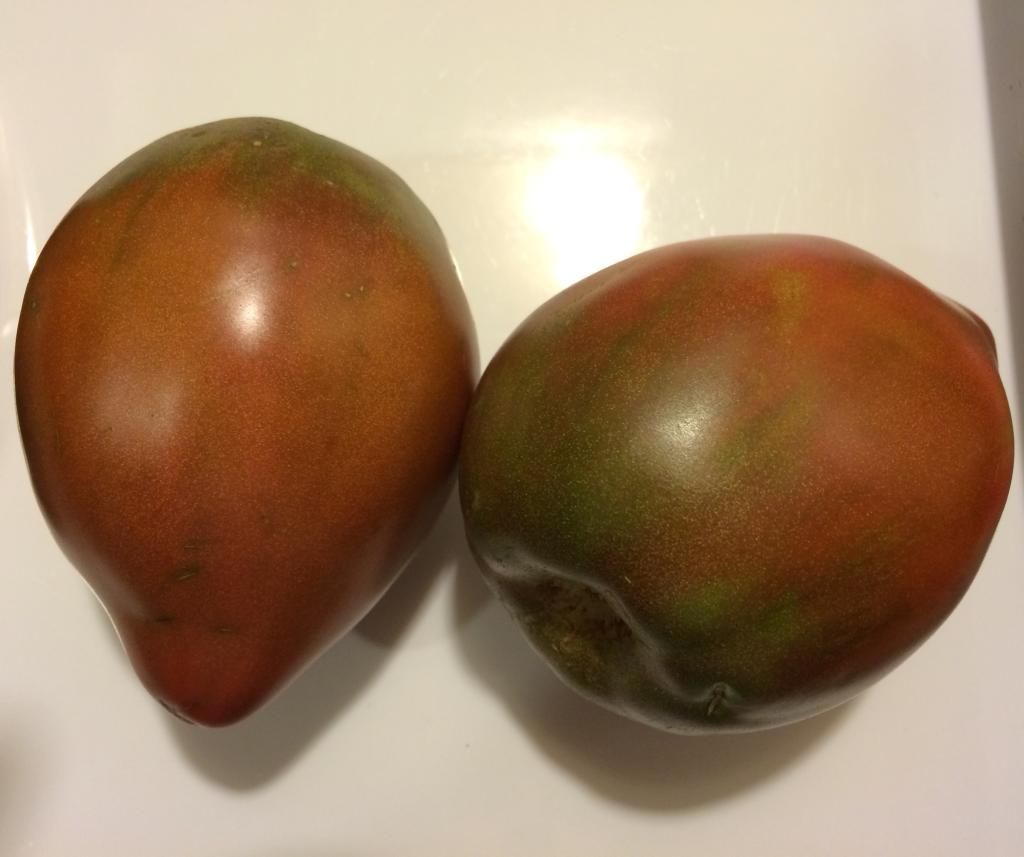Dwarf Tomatoes
Plants vary in height from 60-140cm (2 to 4.5 feet) depending on which variety is selected.
Dark and dense crinkly (rugose) foliage, thick central stem.
Tomatoes of all sizes and shapes, including some large fruits around 500 grams (18 ounces)
A broad range of flavors - sweet, tangy, fruity, and even a hint of saltiness - something to please everyone.
Fruit colors include green-when-ripe, bi-colors, stripes, blacks (purple & chocolate), pink, red, yellow, orange, white/ivory.
Easy to grow in pots, on balconies, or wherever space is limited.
Last year I grew a couple Dwarf varieties to give them a try. Most of my plants were grown in 5 gallon buckets and a couple I grew in the ground. I grew four varieties, which were Dwarf Mr. Snow, Sleeping Lady, Tasmanian Chocolate and Rainbow Dwarf. The plants in the 5 gallon buckets required minimal support, however the plants I had growing in the ground required caging because some grew taller than 4.5 feet. Some dwarf varieties stay compact and others can grow taller if allowed. I enjoyed growing the dwarf varieties so much I am growing many more this year. I started my Dwarf seeds the end of February along with my pepper seeds, because they take longer to grow compared to indeterminate and determinate varieties. Here is a picture of my Dwarf seedlings I currently have growing. There is one variety with lime green colored leaves, they are called chartreuse leaves. There are not many varieties with this gene.
If you have limited gardening space or do container gardening these dwarf tomato varieties are great! Be warned that some of the dwarf varieties will grow taller, especially when grown in the ground. I will be growing most of my dwarf varieties in 5 gallon buckets this year. These are the Dwarf tomato varieties I will be growing this year...
Last year I grew a couple Dwarf varieties to give them a try. Most of my plants were grown in 5 gallon buckets and a couple I grew in the ground. I grew four varieties, which were Dwarf Mr. Snow, Sleeping Lady, Tasmanian Chocolate and Rainbow Dwarf. The plants in the 5 gallon buckets required minimal support, however the plants I had growing in the ground required caging because some grew taller than 4.5 feet. Some dwarf varieties stay compact and others can grow taller if allowed. I enjoyed growing the dwarf varieties so much I am growing many more this year. I started my Dwarf seeds the end of February along with my pepper seeds, because they take longer to grow compared to indeterminate and determinate varieties. Here is a picture of my Dwarf seedlings I currently have growing. There is one variety with lime green colored leaves, they are called chartreuse leaves. There are not many varieties with this gene.
If you have limited gardening space or do container gardening these dwarf tomato varieties are great! Be warned that some of the dwarf varieties will grow taller, especially when grown in the ground. I will be growing most of my dwarf varieties in 5 gallon buckets this year. These are the Dwarf tomato varieties I will be growing this year...
Sweet Adelaide
Pit Viper
Arctic Rose
Utyonok
Shadow Boxing
Wild Fred
Chocolate Lightning
Sweet Adelaide
Jackass Yellow
Shamrock
Uluru Ochre
Patio Song
Orange Pixie
Coastal Pride Orange
Rosella Crimson
Rainbow Dwarf
Sleeping Lady
Dwarf Purple Heart
Cherokee Tiger Striped Plum
Cherokee Tiger Large Red








